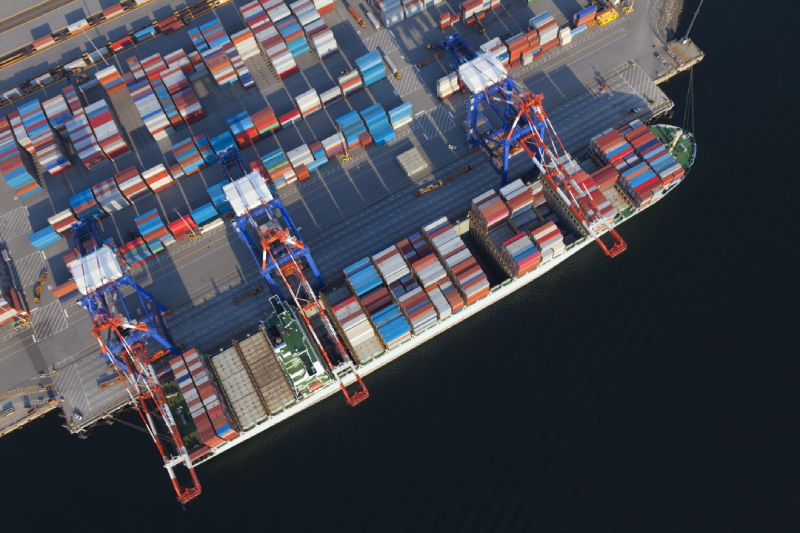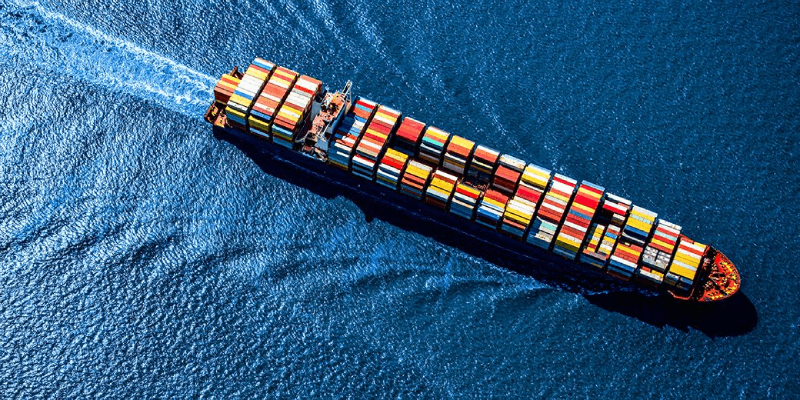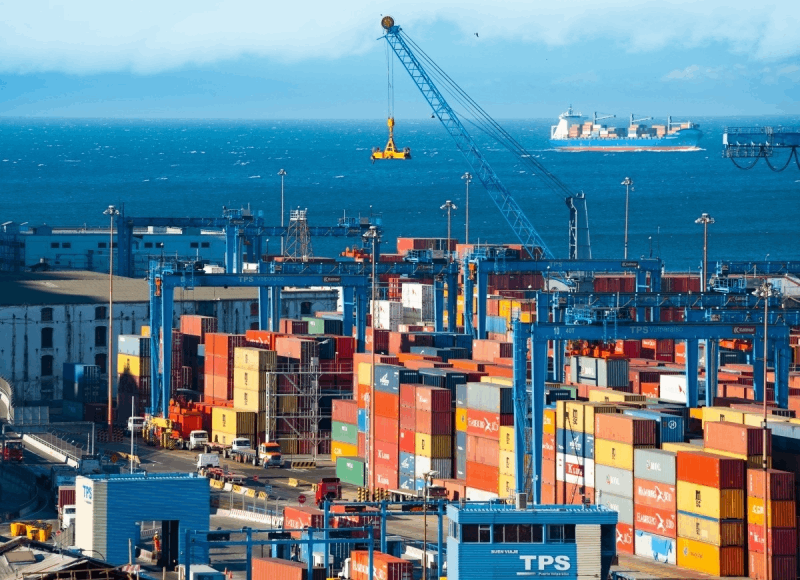Welcome to GLA! Leading the global logistics alliance.


Your location:Home > News > There is a shortage of containers in Asia and a surplus of containers in Europe and America. What are the reasons for this?
Time:2021-07-05 Publisher:Kevin Num:7667
We all know that the global trade recession in 2020 will cause a significant decline in trade volume.
However, since the third quarter of last year, there has been a strange phenomenon in global shipping, that is, the number of containers is seriously insufficient, and the price of containers has risen sharply.
Global trade has begun to recover this year. The World Trade Organization predicts that global trade growth will reach 8%.
Some countries have even launched a frantic buying model to buy goods around the world. This makes global shipping even more "hard to find".
However, it is important to know that, in fact, it is not that the containers are really too few and not enough, but that it is caused by man.
Due to lack of manpower, the ports of many countries have piled up into mountains, but there are also ports in some countries that are "thirsty for containers", which can be described as serious polarization.

First of all, in terms of production capacity, China is the world's most important container producer. 100% of the world's refrigerated containers and 96% of dry cargo containers are made in China.
It can produce about 400,000 pieces per month, and it can produce nearly 5 million pieces a year.
But the problem is that there are currently more than 40 million containers in operation around the world.
If the container jam in the port cannot be handled in time, the fundamental problem is still difficult to solve.
So, to what extent has the problem of container congestion in global ports reached?
A certain program reported in early June that among the 10 busiest ports in the United States, at least 7 ports often face congestion.
For example, in California, there are as many as 10,000 to 15,000 containers stranded in the area.
The empty containers there have not had time to deal with, and there is a steady stream of containers that need to be loaded and unloaded, which will only make the port congestion problem more serious.
Take the Sandro Bay port as an example. Its handling of Asian containers has set a new record for 11 consecutive months, reaching 1.9 million TEUs.
In May last year, this number was only 1.2 million TEUs.

In fact, in addition to the United States, many developed countries are facing the problem of port container congestion.
For example, in the Port of Auckland, New Zealand, the backlog of empty containers was close to 6000 at most;
More than 50,000 ports in Australia;
Containers at the Port of Felixstowe in the UK spread to surrounding suburbs...
On the other hand, many ports in Asia often face this situation. Why is it like this?
Because this region is the main production place, a large part of the various products imported by developed countries such as Europe and the United States come from here.
However, after the goods are exported to developed countries such as Europe and the United States, the boxes are difficult to return on time, resulting in a situation —— shortage of containers.
The current global shortage of shipping containers is mainly due to insufficient manpower and failure to deal with the problem of container congestion in ports in a timely manner.
However, this is also related to the recovery of global trade. To some extent, this is a good sign.
In particular, the United States, which is the world's largest importer of goods, has been buying goods globally this year. Countries such as Japan, China, and Vietnam have all benefited.
According to data released by Japan, in May, the country's foreign exports reached 6.26 trillion yen, a sharp increase of nearly 50%.
Among them, the total value of exports to the United States reached 1.1 trillion yen, a sharp increase of 87.9% year-on-year.
This will undoubtedly contribute to Japan's economic growth.
In China, in the first five months of this year, my country's exports to the United States totaled 1.34 trillion yuan, a year-on-year increase of 38.9%.
This growth rate is the highest among my country's major trading partners.
In addition, in the first five months of this year, Vietnam's exports to the United States also grew very strongly, with a year-on-year increase of 49.8%, reaching a total of 37.6 billion U.S. dollars.
The frantic purchase of Vietnamese goods by the United States has undoubtedly promoted the development of the country's economy.

The latest data shows that it has benefited from a rebound in global demand.
In the second quarter of this year, Vietnam's economy grew by 6.61% year-on-year, an increase of nearly 2% compared with the first quarter, and the recovery momentum is good.
Of course, China is also the main "buyer" of global commodities.
Benefiting from the first economic recovery, China assumes greater responsibilities in the global industrial chain and supply chain.
While satisfying the needs of many countries, Chinese products are also being bought from all over the world.
Statistics show that in the first five months of this year, my country spent 6.72 trillion yuan on imported goods, a year-on-year increase of 25.9%.
According to WTO data, my country's foreign trade market share has reached 13.2% in 2019.
The latest forecast data also shows that China’s share of global exports this year is expected to increase from nearly 15% last year to 16.2%.
In short, although there are container congestion in the ports of developed countries such as Europe and the United States, and the shortage of containers in many ports in Asia, it cannot prevent the recovery of global trade.
According to a report released by the World Bank, the global economy is expected to recover in 2021, with an expected growth of 5.6%.
The bank expects China's GDP growth to be 8.5%, and China is still one of the fastest-growing countries among the major economies.
2019 the 7th GLA Panel Discussion Wonderful Review
Prev:New Golden Member From Japan—— JAGRO TRANS CO.,LTD.Next:Star golden member From Congo Dem. (ex Zaire)——DIRCO PHARMA LOGISTICS
Recommended Membership
Latest News